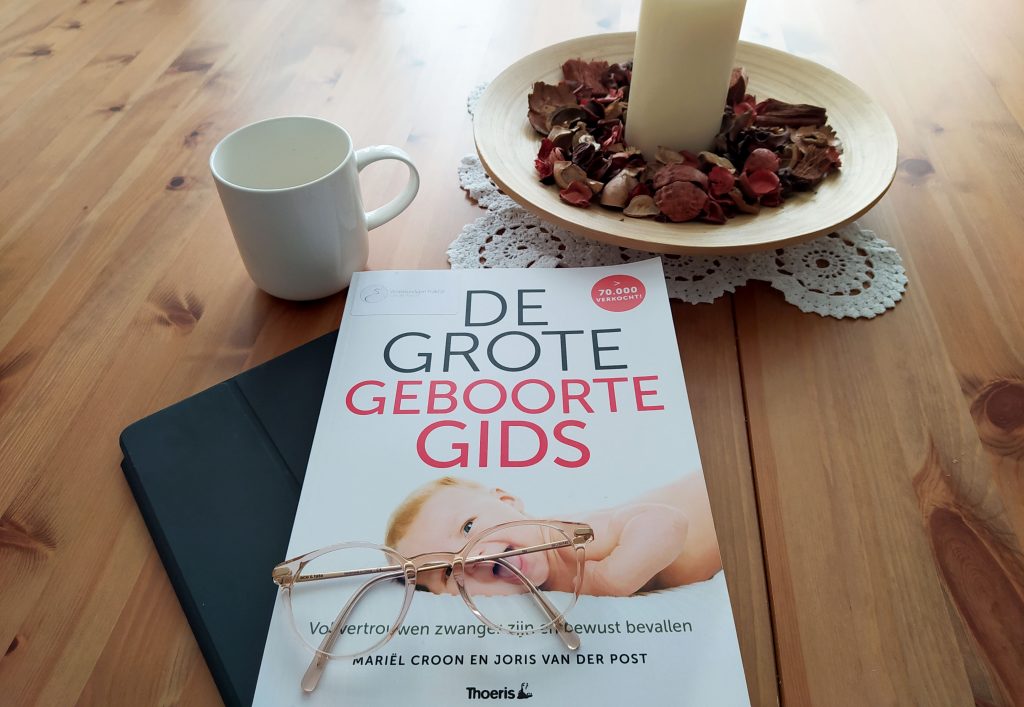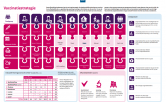Pregnancy. Books and apps
Since I am naturally incline to paranoia’s and searching in Google normally does not help, I have promised myself that in particular in this occasion I would have limited the amount of information read on my initiative, followed the suggestions of care providers around me (including my dr sister), and looked solely at the sources suggested by them.
I can quite proudly say I did stick to my intention, and limited my information to one book and one app.
Small disclaimer: I did follow only resources that were in Dutch, as it was more convenient for me (for example for searching foods and for receiving notifications about possible bacteria in supermarket products). Also, I had to learn specific terms anyhow – I do not know them in English either – and I preferred to learn them in the language spoken here directly. If you asked me now, I am really happy with my decision!
Thus here the two Dutch sources I referred to for the whole duration of the pregnancy.

Books
De grote geboortegids. It is a book I have got during one of the first appointments at the obstetricians.
They also explicitly mentioned to rely on that book more than anything else, and avoid searching information elsewhere.
It is written by an obstetrician (Mariel Croon) and a gynecologist (Joris van der Post), and science based.
It includes three parts:
– de zwangerschap (the pregnancy)
– de bevalling (the childbirth)
– het kraambed (the ‘childbed’ – a typical Dutch way to refer to the first weeks after the child birth)
Each part is then divided into chapters that treat specific themes (e.g. Chapter 5 when pregnant can I…, Chapter 9 prenatal screening, Chapter 15 de trappelkaart – a method to monitor the movements of the baby, Chapter 20 how to deal with contractions, Chapter 26 the baby, Chapter 27 the nutrition of the baby).
Furthermore, there are some common threads that walk through the book.
In the whole first part you will find inserts “Hoe gaat het met de baby?“, that across the chapters explain you what happens to the baby throughout the weeks, from insemination until full development.
Across the first and second part of the book there is also “Wat gebeurt er in mijn lichaam?”, focusing on the changes on the body of the woman as a consequence of the pregnancy.
The book presents the scientific reality, not hiding possible complications, risks and difficulties. I like the scientific approach, the fact that it also includes the psychological aspects related to each phase, and practical information (e.g. the rights you have at your workplace). Also, it does not restrict the view to the man-woman family, but it extends to homosexual couples and single moms for example. In the book you can also find useful links to other resources.
I fully suggest this book. At moments I found myself worrying about possible outcomes when reading certain chapters (also, this is typically Marta!), but the book itself did fully satisfy my desire of knowing what was happening and what should I do to avoid at maximum behavior-related risks.
Apps
ZwangerHap. It is an app of the Voedingscentrum (Dutch Institution for nutrition). It provides both information about nutrition during pregnancy and information about the progress of the pregnancy, like the size of the baby sometimes including a very short summary of the changes you might feel.

It is very handy to have an app always ready at hand to see what you can/better can not eat or drink during pregnancy.
It is very intuitive, with folders per category of food, and a simple search tab. Once you find the food you were looking for, you immediately see a green, yellow or red sticker (indicating go, mmh, or no go).
The sticker is then explained shortly in the window below (e.g. meat is generally yellow, because you can eat it all but it’s specified that it should be well cooked – not red or pink – to avoid bacteria in it). Finally, they gather warnings and policies of food return from supermarkets for possible infections of various bacteria (e.g. salmonella, listeria).
Other information
Additionally to these resources, my obstetricians would send me information about specific topics and decisions to be taken in between appointments. Normally these flyers where from the Government, and included pro and cons to help you develop your own opinion about that specific topic.
And you, which information are you following/planning to follow? Feel free to share in the comments below!
Might you have questions or comments, do not hesitate to reach out to me. Also if you like reading this sort of information, share it! Sharing is caring and that’s a way to support me to keep writing!
Doei,
Marta
Last updated 10.10.2020. Disclaimer.







